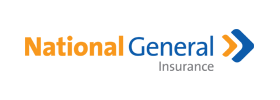With all of this extended time spent homebound recently, many of us have discovered a new truism: if you have to be quarantined, you might as well do it in your dream home.
No matter what — the season, the economy, even a virus — people will continue to buy and sell houses. It’s only the process that changes. And buyers and sellers who can adapt and pivot are the ones who come out ahead.
Fortunately, real estate professionals are already adept at strategies that could prove especially helpful this year, as COVID-19 dominates the news.
Think: technology. Virtual tours will likely increase in popularity. Buyers were already screening houses online before seeing them in person, and a thorough virtual tour could dramatically increase the number of eyes on your property.
A 2018 report by the National Association of Realtors (NAR) said that 46 percent of buyers found a virtual tour very useful, while 74 percent used the internet to search for homes. Among millennials, that figure leaped to 92 percent.
Some other accommodations this year could include:
- Sellers may request more hand-washing. Another NAR survey, this one in March, found that more sellers were requesting that visitors wash their hands or use sanitizer. (Some may also request the use of booties, a commonplace request already.)
- Open houses may limit the number of people inside a home at one time – which probably makes for a more pleasant walk-through anyway.
- Technology can also aid in brokering a deal. Already, contracts are regularly sent via email and signatures can be gathered online. Expect more of this.
- Those who attend open houses in the coming months are more serious buyers, as the tire-kickers have opted to stay at home.







































